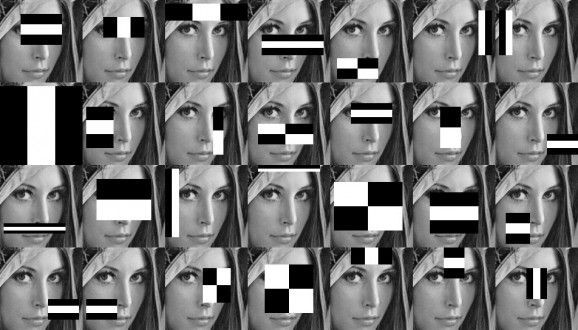Project Mask Detection with QR and BEEP Alert System
Covid 19 Edition Mask Detection and Alert System using OpenCV and Numpy libraries in Python and Trained using 100+ Images for the detection of the mask. Before entering the building, you need to show your ID Card to the system for storing and scanning purposes. If the mask is not detected then it saves the picture of the person and updates on the database and alerts the health and safety department of the company
Mask Detection and Alert System using OpenCV and Numpy libraries in Python and Trained using 100+ Images for the detection of the mask. Before entering the building, you need to show your ID Card to the system for storing and scanning purposes. If the mask is not detected then it saves the picture of the person and updates on the database and alerts the health and safety department of the company.
Requirements
Haar Cascades

Enter Haar classifiers, classifiers that were used in the first real-time face detector. A Haar classifier, or a Haar cascade classifier, is a machine learning object detection program that identifies objects in an image and video.
Calculating Haar Features
The first step is to collect the Haar features. A Haar feature is essentially calculations that are performed on adjacent rectangular regions at a specific location in a detection window. The calculation involves summing the pixel intensities in each region and calculating the differences between the sums.These features can be difficult to determine for a large image. This is where integral images come into play because the number of operations is reduced using the integral image.
Creating Integral Images
Without going into too much of the mathematics behind it (check out the paper if youre interested in that), integral images essentially speed up the calculation of these Haar features. Instead of computing at every pixel, it instead creates sub-rectangles and creates array references for each of those sub-rectangles. These are then used to compute the Haar features.Its important to note that nearly all of the Haar features will be irrelevant when doing object detection, because the only features that are important are those of the object.
Adaboost Training
Adaboost essentially chooses the best features and trains the classifiers to use them. It uses a combination of “weak classifiers” to create a “strong classifier” that the algorithm can use to detect objects. Weak learners are created by moving a window over the input image, and computing Haar features for each subsection of the image. This difference is compared to a learned threshold that separates non-objects from objects. Because these are “weak classifiers,” a large number of Haar features is needed for accuracy to form a strong classifier.